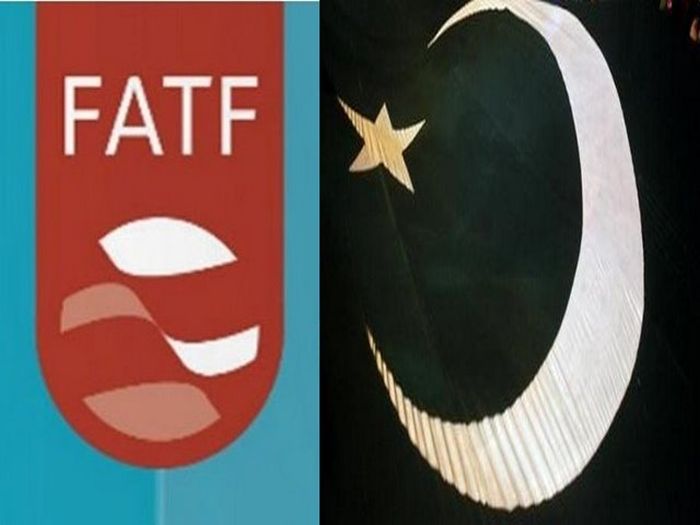Washington: Exposure to the virus that causes common cold can provide protection against infection by the SARS-CoV-2 virus behind COVID-19, according to a study.
These genes trigger early-response molecules in the immune system which can stop reproduction of the SARS-CoV-2, the virus that causes COVID-19, within airway tissues infected with the cold, the researchers said.
Triggering these defences early in the course of COVID-19 infection holds promise to prevent or treat the infection, said senior study author, Ellen Foxman, assistant professor at the Yale School of Medicine in the US.
One way to do this, Foxman said, is by treating patients with interferons, an immune system protein which is also available as a drug.
“But it all depends upon the timing,” she said.
Previous work showed that at the later stages of COVID-19, high interferon levels are associated with worse disease outcomes, and may fuel overactive immune responses.
However, recent genetic studies show that interferon-stimulated genes can also be protective in cases of COVID-19 infection.
The researchers wanted to study this defence system early in the course of COVID-19 infection.
They decided to study whether rhinoviruses would have beneficial impact against the SARS-CoV-2 virus.
The team infected lab-grown human airway tissue with the virus and found that for the first three days, viral load in the tissue doubled about every six hours.
However, the researchers found that reproduction of the COVID-19 virus was completely stopped in tissue which had been exposed to rhinovirus.
If antiviral defences were blocked, the SARS-CoV-2 could reproduce in airway tissue previously exposed to rhinovirus.
The same defences slowed down SARS-CoV-2 infection even without rhinovirus, but only if the infectious dose was low.
This suggests that the viral load at the time of exposure makes a difference in whether the body can effectively fight the infection, the researchers noted.
The team of researchers also studied nasal swab samples from patients diagnosed close to the start of infection.
They found evidence of rapid growth of SARS-CoV-2 in the first few days of infection, followed by activation of the body’s defences.
According to their findings, the virus typically increased rapidly for the first few days of infection, before host defences kicked in, doubling about every six hours as seen in the lab.
In some patients the virus grew even faster, the researchers found.
“There appears to be a viral sweet spot at the beginning of COVID-19, during which the virus replicates exponentially before it triggers a strong defence response,” Foxman said.
She explained that interferon treatment holds promise but it could be tricky, because it would be mostly effective in the days immediately after infection, when many people exhibit no symptoms.
In theory, interferon treatment could be used as a preventive in people at high risk who have been in close contact with others diagnosed with COVID-19, they said.
Trials of interferon in COVID-19 are underway, and so far show a possible benefit early in infection, but not when given later.
These findings may help explain why at times of year when colds are common, rates of infections with other viruses such as influenza tend to be lower, Foxman added.








